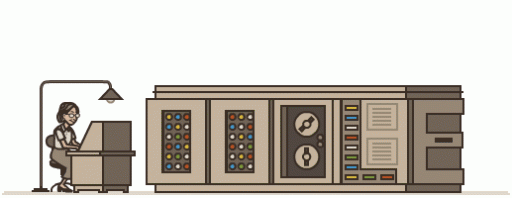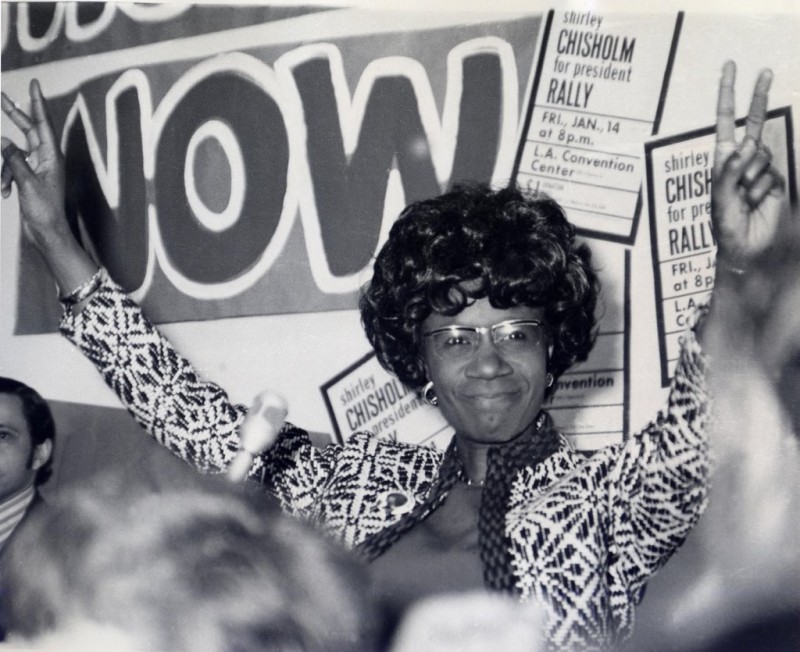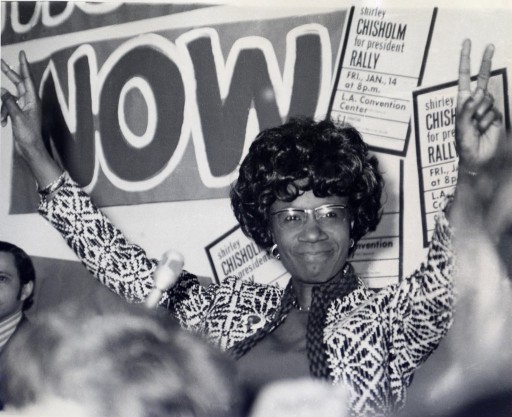Google has dedicated a doodle to her 107th birthday:

Howard Aiken and Grace Hopper designed the MARK series of computers at Harvard University. The MARK series of computers began with the Mark I in 1944. Imagine a giant roomful of noisy, clicking metal parts, 55 feet long and 8 feet high. The 5-ton device contained almost 760,000 separate pieces. Used by the US Navy for gunnery and ballistic calculations, the Mark I was in operation until 1959.
The computer, controlled by pre-punched paper tape, could carry out addition, subtraction, multiplication, division and reference to previous results. It had special subroutines for logarithms and trigonometric functions and used 23 decimal place numbers. Data was stored and counted mechanically using 3000 decimal storage wheels, 1400 rotary dial switches, and 500 miles of wire. Its electromagnetic relays classified the machine as a relay computer. All output was displayed on an electric typewriter. By today’s standards, the Mark I was slow, requiring 3-5 seconds for a multiplication operation.
via Howard Aiken and Grace Hopper – Inventors of the Mark I Computer.
She also was responsible for development of COBOL and more importantly all programming languages that humans could read that could be translated to computer readable assembly language:
She is probably most celebrated for her pioneering work in the development of COBOL, one of the first programming languages that could work independently of a particular machine, but we should perhaps thank her most for her popularisation of the word ‘debugging’ – dating from an anecdote when an actual moth was found in a computer she was working on, and that was slowing down its processes.
It really was a revolution: coding using plain english.
Rear Admiral Grace Hopper was interviewed by David Letterman about her groundbreaking work…
Letterman: “How did you know so much about computers then?”
Rear Adm. Hopper: “I didn’t. It was the first one.”
Watch the interview to see computer technology explained in plain english.





